(Page créée avec « * voltage : it will ask you which type of cells you would like to charge, you should choose the lithium one. It will automatically regulate the discharge at 3V minimum. ») |
(Page créée avec « * intensity : set to 1A in order to have a quick and secure discharge. In this condition, the discharge should take between 1 hour and 1 hour and half. ») |
||
| Ligne 166 : | Ligne 166 : | ||
* voltage : it will ask you which type of cells you would like to charge, you should choose the lithium one. It will automatically regulate the discharge at 3V minimum. | * voltage : it will ask you which type of cells you would like to charge, you should choose the lithium one. It will automatically regulate the discharge at 3V minimum. | ||
| − | + | * intensity : set to 1A in order to have a quick and secure discharge. In this condition, the discharge should take between 1 hour and 1 hour and half. | |
5) Connecter les aimants au néodyme aux pinces crocodiles, puis les connecter aux cellules, les aimants servent à faire passer le courant entre l'Imax B6 et les cellules. ''(image 4)'' | 5) Connecter les aimants au néodyme aux pinces crocodiles, puis les connecter aux cellules, les aimants servent à faire passer le courant entre l'Imax B6 et les cellules. ''(image 4)'' | ||
Version du 9 avril 2020 à 23:58
Description
Recycle computer battery cells to create a photovoltaic lamp.
Sommaire
Sommaire
- 1 Description
- 2 Sommaire
- 3 Introduction
- 4 Video d'introduction
- 5 Étape 1 - How it works
- 6 Étape 2 - Manufacturing steps :
- 7 Étape 3 - Removing the cells from the computer battery
- 8 Étape 4 - Measuring the cells capacity
- 9 Étape 5 - Réalisation des chacun des 3 modules
- 10 Étape 6 - Liaison des 3 modules
- 11 Étape 7 - Construction du boîtier
- 12 Étape 8 - Mise en place des modules dans le boîtier
- 13 Étape 9 - Utilisation
- 14 Étape 10 - Conseils/Remarques
- 15 Notes et références
- 16 Commentaires
Introduction
Video
CONTEXT :
Lithium is a natural ressource which is increasingly used in car batteries, phones and computers. This resource is gradually depleting. Its intensive use in batteries is mainly due to its capacity to store more energy than nickel and cadmium. As the replacement of electrical equipments and electronic devices is accelerating, these equipments become an increasingly significant source of waste (WEEE : Waste electrical and electronic equipment). At the present time, France produces 14 to 24 kg (30 to 52 pounds) of electronic waste per inhabitant per year. This rate increases by about 4% every year. In 2009, only 32% of young (18 to 34 years old) French have recycled their electronic waste. The same year, according to Eco-systèmes (https://www.ecosystem.eco), recycling 193 000 tons of WEEE between january and september would have avoided the emission of 113 000 tons of CO2.
Yet, these electronic waste have great recycling potential. One way is to reuse the lithium contained in computer battery cells. When a battery stops working, it means that one or several cells are defective but the other cells are still in working condition and therefore reusable.
We can create a separate battery from these working cells, and use it to power an electric drill, recharge a cellphone, or connect it to a solar panel and power a lamp. By connecting several cells together it is also possible to create batteries for bigger devices.Youtube
Matériaux
1- Computer battery
2 - Solar panel (e.g. 5V-6V mini solar panel)
3 - Charge and discharge controller (e.g. 4-8V 1A Charging Module Mini Li-ion USB Arduino)
4 - Tension regulator : DC/DC booster MT3608 (electrical component which transforms the 3.7 V current from the batteries to 12 V)
5 - LED Lamp (e.g. 2 strips of 5 SMD 5050 LEDs)
6 - Light switch (to open the circuit and cut off the light)
7 - Box (cardboard, wood, 3D printed...) with 2 openings to fit the solar panel and the light diffuser (plan to also fit the light switch and USB output)
8 - Light diffuser (for diffusing light from LEDs)
9 - Tape
Outils
For extracting the battery cells :
a- Gloves (to avoid cutting yourself with the battery's plastic parts or with the nickel strips between the cells)
b - Hammer
c - Chisel
Power Bank (Power Bank Battery Case Box Charger Flashlight)
e - imax B6 charger
f - 2 neodymium magnets
g - Wire cutter
For making the lamp :
h - Soldering iron
i - Tin
j - Glue gun (and glue sticks)
g - Wire cutter
Étape 1 - How it works
This tutorial shows how to recover the battery cells from a computer in order to create a new battery. Powered by a solar panel or by a USB port, it will allow you to light a LED lamp.
The system works around three modules:
- the energy reception module: the solar panel and its charge controller
- the energy storage module: the battery
- the module that gives back the energy: the LED lamp and its voltage regulator
Energy Receiving Module: Photovoltaic Panel & Charge Controller
The photovoltaic panel concentrates the energy of the sun. It allows to recover its energy in order to store it in the battery. But be careful, the amount of energy received by the panel is irregular depending on the time of day, the weather... It is important to install a charge/discharge regulator between the panel and the battery to protect it against overload, among other things.
Energy storage module: the battery
It is made of two lithium cells recovered from a computer. To put it in a nutshell, a battery is a bit like a box containing several batteries: each of them is a cell, a unit that supplies power to the device by electrochemical reaction.
The cells found in computers are lithium cells. They all have the same capacity to store energy, but their capacity to deliver it is different for each. To make a battery from cells it is important that they all have the same capacity to deliver energy. It is therefore necessary to measure the capacity of each cell to compose homogeneous batteries.
The module that gives back the energy: the LED lamp and its voltage regulator
Our batterie delivers a 3.7V current and our LED lamps work with 12V. So we need to transform the cell's energy from 3.7V to 12V : thanks to the voltage regulator called DC/DC booster.
A small screw on this module allows to regulate voltage. You can set it to 12V - or another voltage according to your LED's characteristics.
Étape 2 - Manufacturing steps :
1) Removing the cells from the computer battery
2) Measuring the cells capacity
3) Building the 3 modules
- solar panel + charge regulator
- battery
- LED light + charge regulator
4) Connecting the 3 modules :
- solar panel + charge regulator
- the battery
- LED light + charge regulator
5) Making the box
6) Fitting the modules in the box
Étape 3 - Removing the cells from the computer battery
1) Put on gloves to protect your hands
2) Fix the battery on an vice, and open it with a hammer and a chisel. (image 1)
3) Isolate each cell : remove every other parts around the cells with a wire cutter (image 2)
4) Using a voltmeter (see settings on the schema), measure the cells voltage to find out which are reusable.
Note : All cells below 1V are not reusable.
Caution: If any cells have leaked (visible on the outside of the computer's battery), do not dismantle them. Lithium is toxic in high doses.
Étape 4 - Measuring the cells capacity
To measure the capacity of a cell, we have to charge it to the maximum and then discharge it. Those cells are lithium based, and lithium needs to be charged and discharged properly. Usually the maximum charge is 4,2 V and the minimum is 3V. Going over those limits will damage the cells.
1) Use a PowerBank : it allows you to charge many cells at once with a USB port.
2) Charge the cells and wait until the charge is complete (all the lights should be on), it will be done in about 24 hours. (image 3)
The cells are charged at their maximum (4,2V), now we have to discharge them.
3) Use an Imax B6 : a tool that allows to discharge the cells one by one and calculate their energy delivering capacity.
4) Settings :
- voltage : it will ask you which type of cells you would like to charge, you should choose the lithium one. It will automatically regulate the discharge at 3V minimum.
- intensity : set to 1A in order to have a quick and secure discharge. In this condition, the discharge should take between 1 hour and 1 hour and half.
5) Connecter les aimants au néodyme aux pinces crocodiles, puis les connecter aux cellules, les aimants servent à faire passer le courant entre l'Imax B6 et les cellules. (image 4)
7) Décharger la cellule jusqu’à ce que la décharge soit complète.
8) Noter la capacité sur la cellule. Plus la capacité de la cellule à rendre de l’énergie est importante mieux c’est.
9) Trier vos cellules: <1000 mA, entre 1000 et 1300, 1300 et 1500 et >1800 mA.
Remarque : Il est important de réaliser des batteries homogènes avec des cellules ayant à peu près la même capacité.
Étape 5 - Réalisation des chacun des 3 modules
Module 1 : Panneau solaire et régulateur de charge
1) Se munir de deux fils, un rouge et un noir, les dénuder à l'aide d'une pince coupante.
2) Souder le fil rouge sur le pôle positif du panneau solaire et le fil noir sur son pôle négatif.
Le régulateur de charge possède 2 entrées : IN - et IN + (qui sont indiquées sur le composant)
3) Souder le fil rouge (positif) au pôle IN + du régulateur de charge et le fil noir (négatif) au pôle IN -. (image 5)
Module 2 : Batterie
1) Scotcher les deux cellules ensemble pour faciliter la soudure.
2) Se munir de 2 fils un rouge et un noir, dénuder les bout sur quelques centimètres.
3) Souder en parallèle les deux cellules : le fil noir aux pôles négatif de chaque cellules et le fil rouge sur le pôle positif de chaque cellule. (image 6)
Attention : Isoler les soudures pour éviter les courts circuits, avec du ruban adhésif par exemple.
Module 3 : Régulateur de tension et LED
Le régulateur de tension possède deux entrées et deux sorties :
Entrées : VIN + et VIN - / Sorties : OUT + et OUT -
1) Se munir de deux fils (rouge et noir).
2) Souder le fil rouge avec l'entrée VIN + du régulateur de tension et le fil noir avec l'entrée VIN -.
La LED possède deux fils d'entrée, un fil positif et un fil négatif.
Attention : La polarité des fils n'est pas indiquée sur la LED. Afin de la connaître munissez vous d'un ohmmètre. Lorsqu'il indique une valeur nulle c'est que le fil est positif. Lorsqu'il indique une valeur élevée c'est qu'il s'agit du fil négatif.
3) Souder le fil positif de la LED à la sortie OUT + du régulateur de tension et le fil négatif à la sortie OUT -. (image 7)
Étape 6 - Liaison des 3 modules
1) Relier les câbles négatifs de la batterie et du convertisseur ensemble, en torsadant les fils.
2) Souder l’ensemble sur le pôle négatif du régulateur.
3) Faire la même chose avec les câbles positifs du convertisseur et de la batterie, puis souder l’ensemble sur le pôle positif du régulateur de charge. (image 8)
Remarque :' Le circuit est alors fermé et la lumière s’allume.
4) Couper le fil positif qui relie le régulateur au convertisseur pour ouvrir le circuit, on y ajoutera plus tard l’interrupteur qui permettra d’ouvrir et de fermer le circuit.
Étape 7 - Construction du boîtier
1) Se munir d'une boîte de la taille de votre panneau solaire et d'une profondeur d'environ 5 cm.
2) Ne garder que les côtés de la boîte, enlever le fond et le couvercle.
3) Faire un trou sur un des côtés de la boîte afin d'y insérer un interrupteur. (image 9)
4) Faire un second trou légèrement au dessus de l'emplacement du panneau solaire afin d'y insérer la sortie USB du régulateur de charge.
Étape 8 - Mise en place des modules dans le boîtier
1) Mettre le panneau solaire dans la boîte en premier (la face photovoltaïque en extérieur).
2) Ajouter l’interrupteur dans l’endroit prévu à cet effet.
3) Souder les deux bouts de câbles positifs du condensateur que vous avez coupé sur l’interrupteur. (image 10)
4) Coller le régulateur de charge au boitier avec un pistolet à colle, la face USB dirigée vers l'ouverture prévu à cet effet.
5) Coller la batterie sur le panneau solaire, coller la LED sur la batterie, puis le condensateur sur une des faces intérieure du boitier.
6) Rentrer tous les fils et ajouter le diffuseur de lumière en dernier.
Tous les éléments sont installés dans le boitier. (image 11)
7) Allumer l'interrupteur pour voir si tout fonctionne.
Étape 9 - Utilisation
Rechargez votre batterie en journée en mettant le dispositif au soleil. Allumer la lampe en soirée.
Contexte d'utilisation
Exemple : Au Sénégal, pour faire ses devoir le soir, au Maroc pour laisser son magasin allumé aussi longtemps que celui du voisin qui, lui, a de l'électricité, dans le désert, en transhumance...
Étape 10 - Conseils/Remarques
- Vous pouvez raccourcir les câbles si besoin (afin de faire rentrer le module électrique dans sa boîte) en les coupant avec une pince coupante.
- Il n’est pas nécessaire d’avoir un panneau solaire, le régulateur de charge USB permet de recharger les cellules. Il faut alors conserver le fond de votre boîte.
Notes et références
Solution technique par Patrice Lelgouarch.
Retrouvez la vidéo tutorielle ici : https://youtu.be/ANxmLCtGPGs
N'hésitez pas à commenter, partager, et agrémenter le tutoriel d'informations utiles à son amélioration.
Low-tech Lab team gently invites you to check the Biblilowtech.
Published
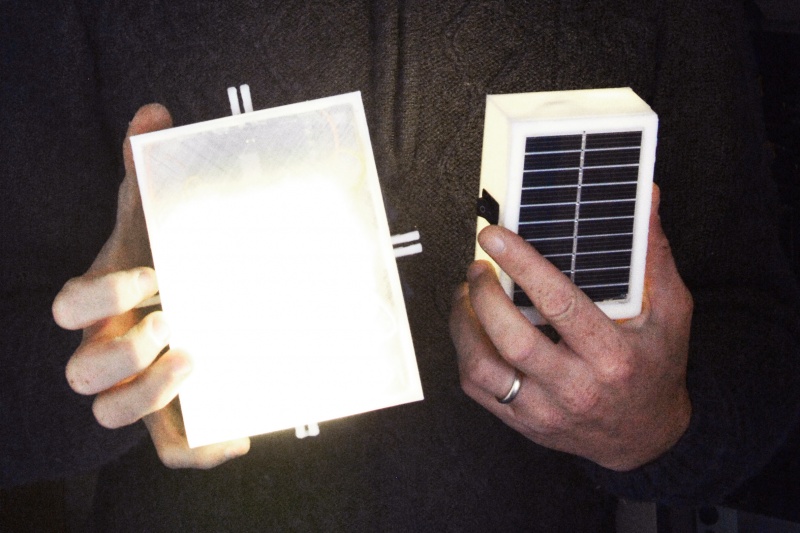
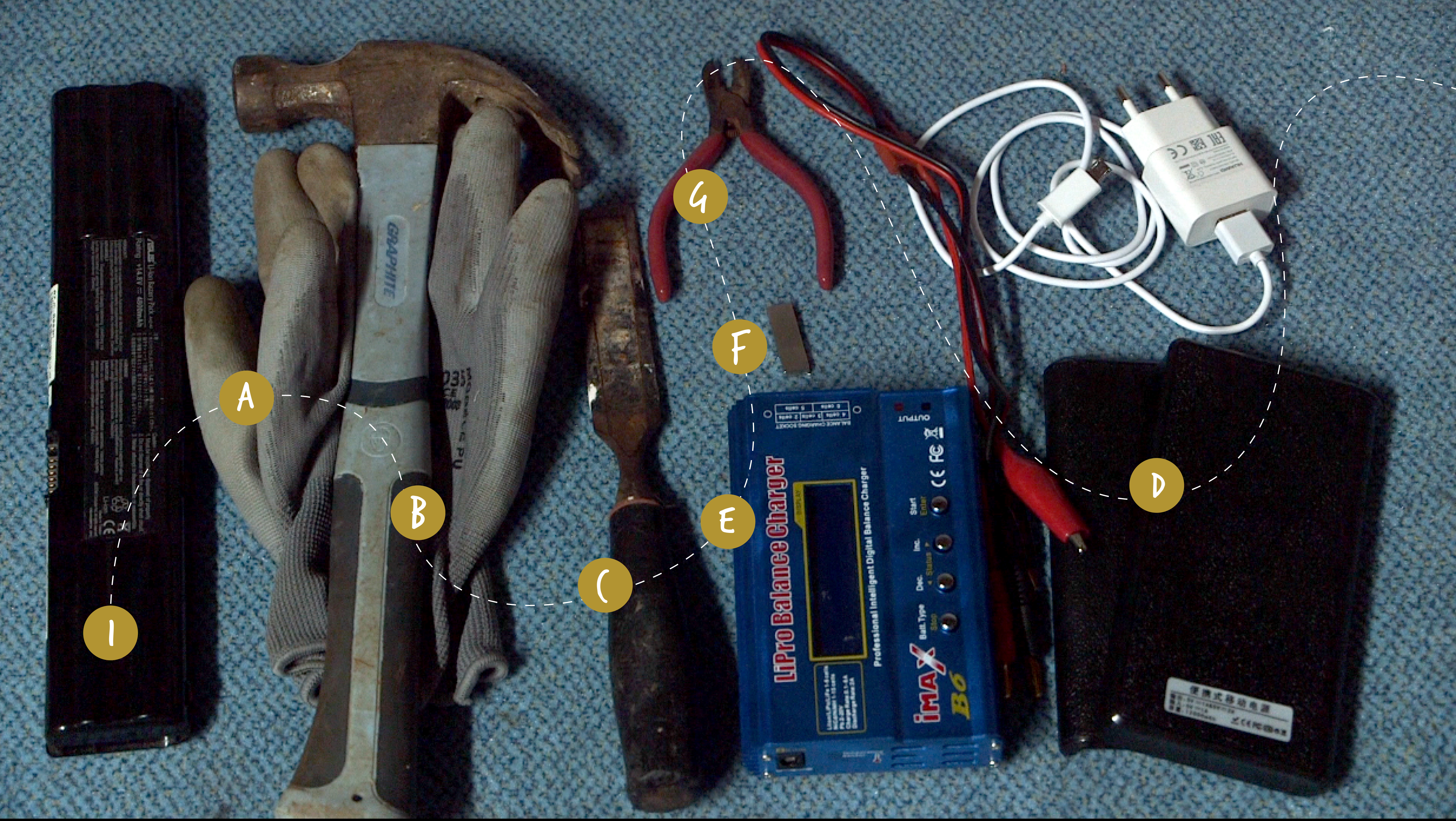
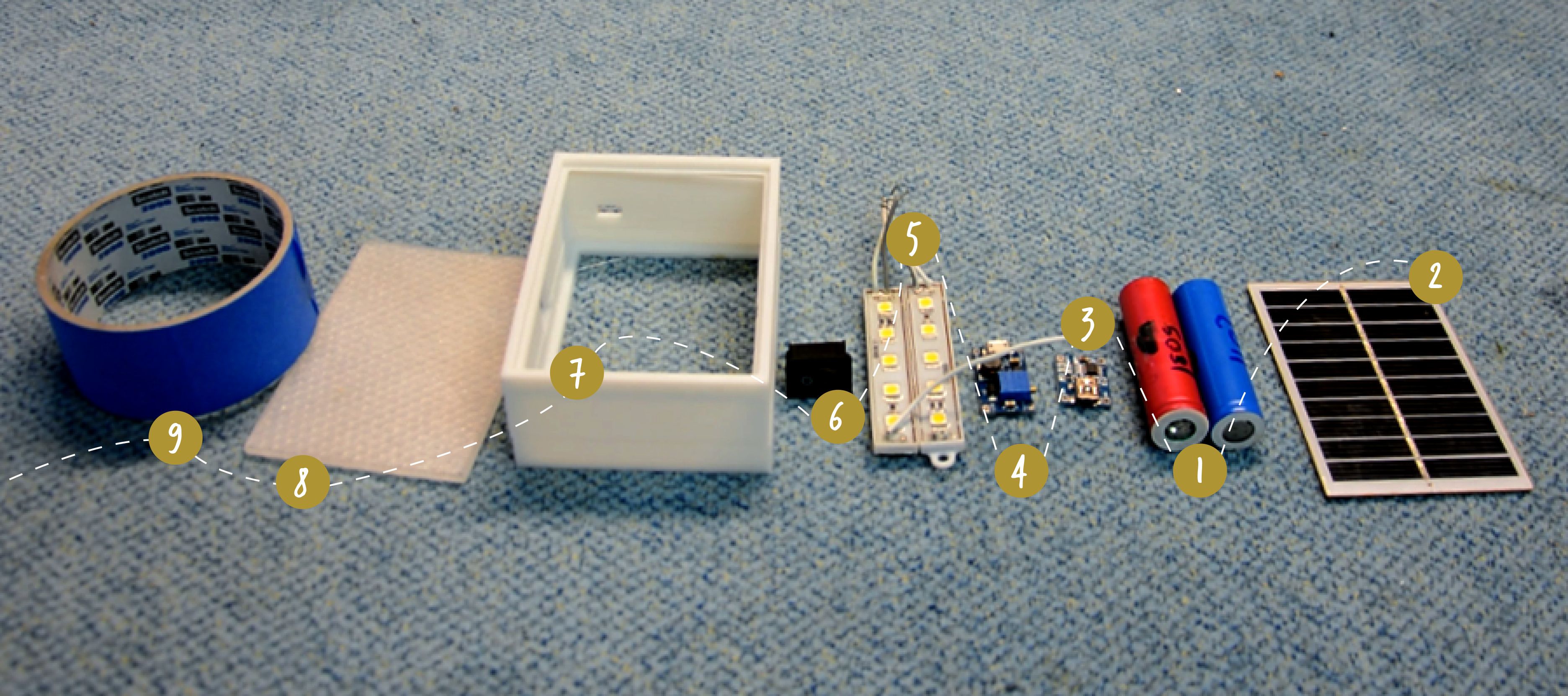
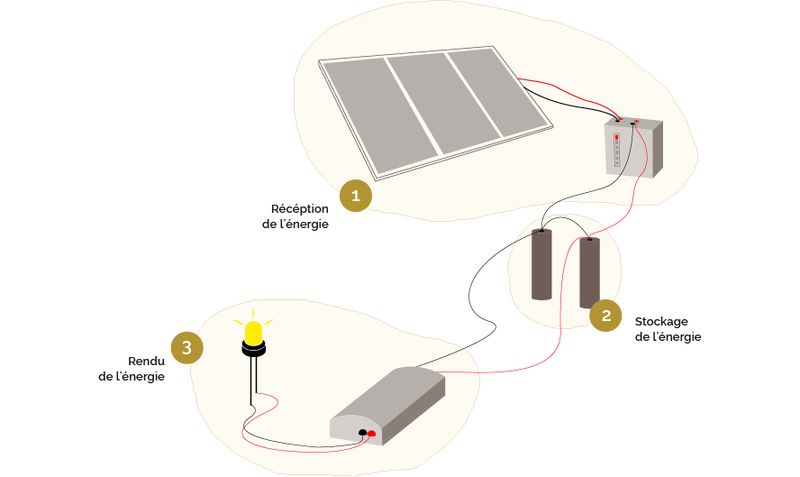
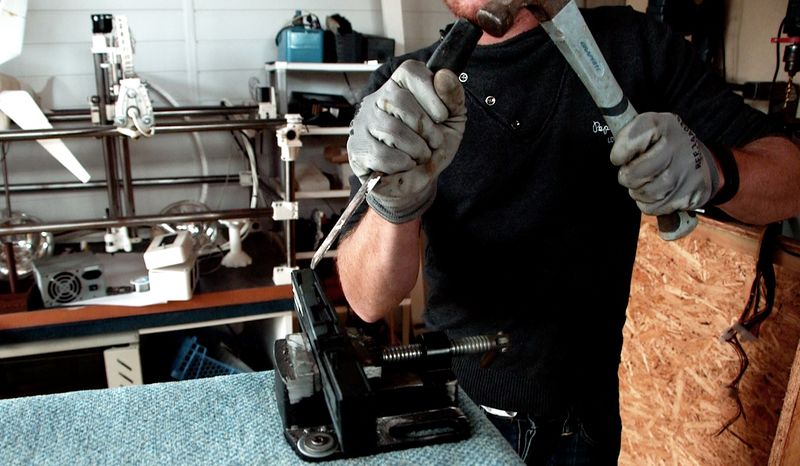
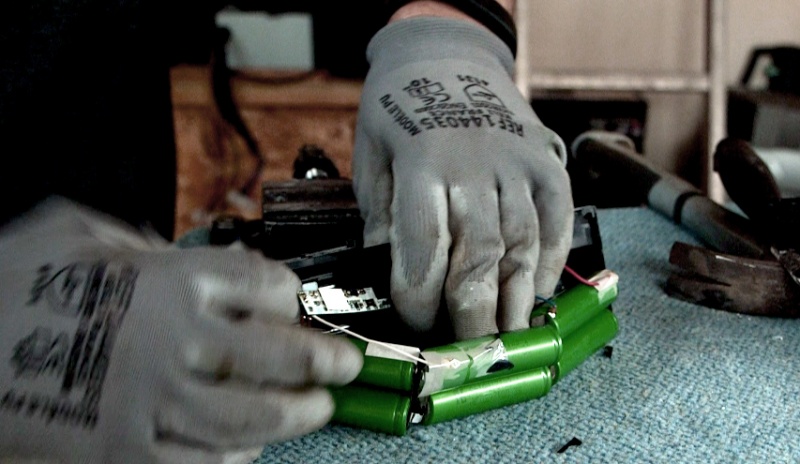
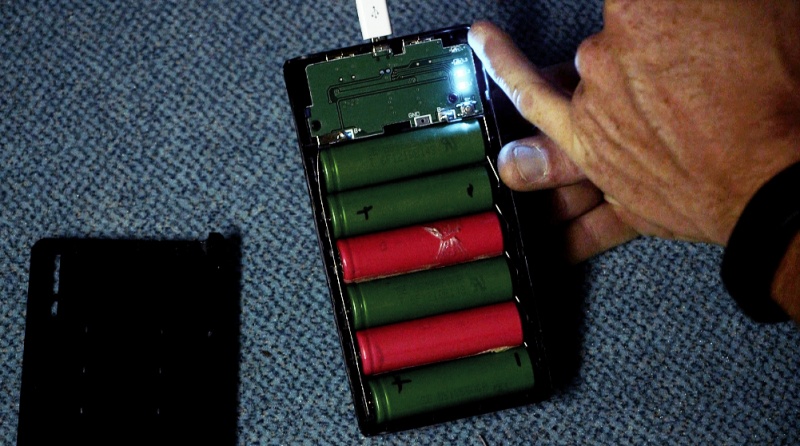
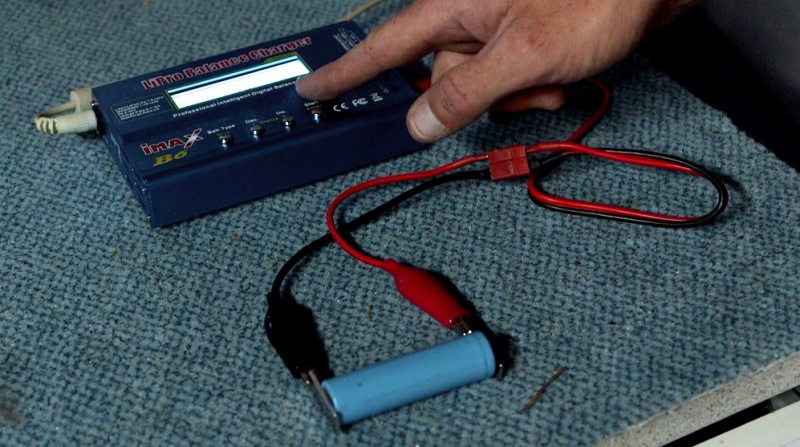
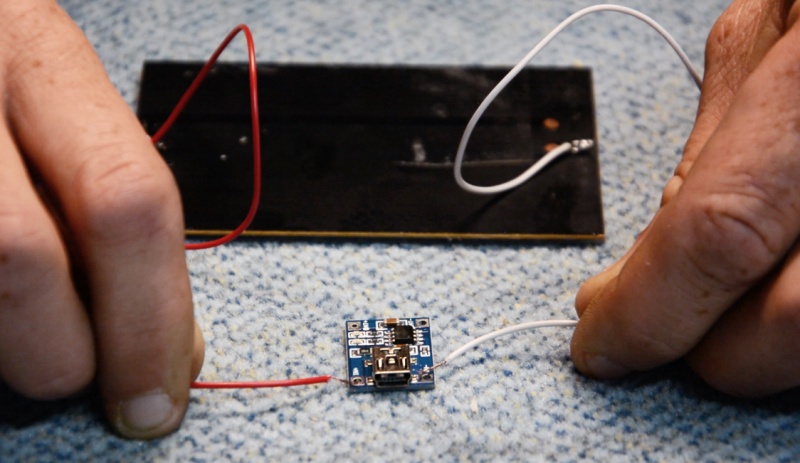
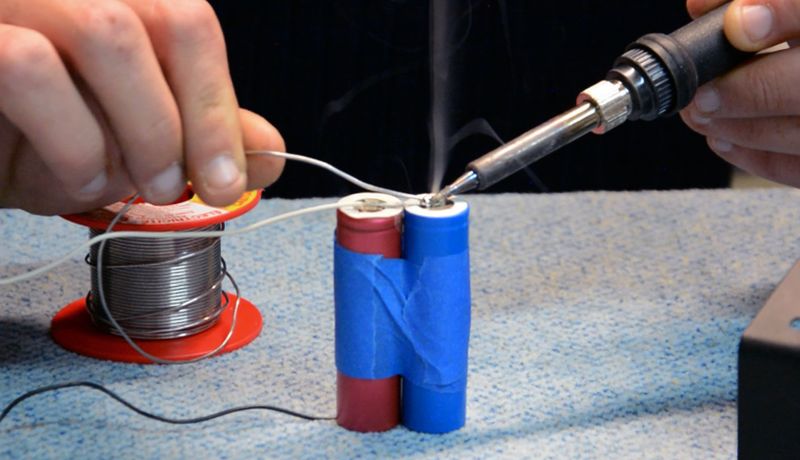
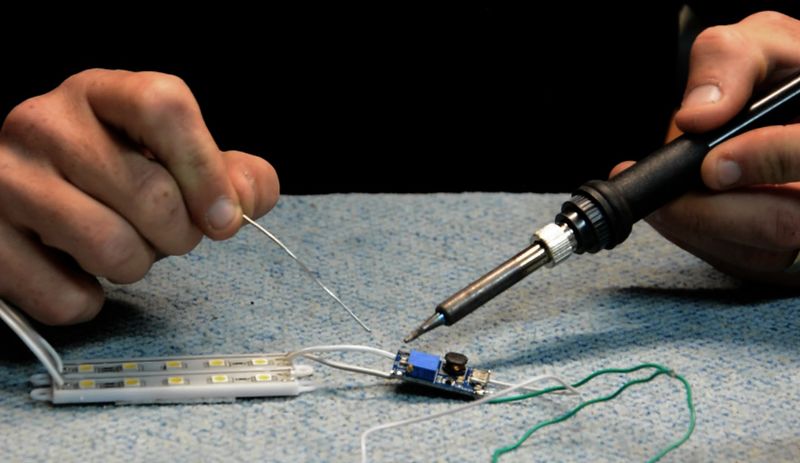
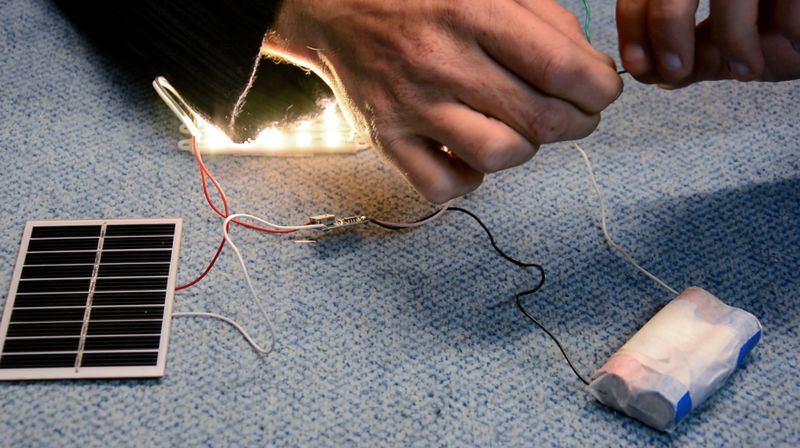
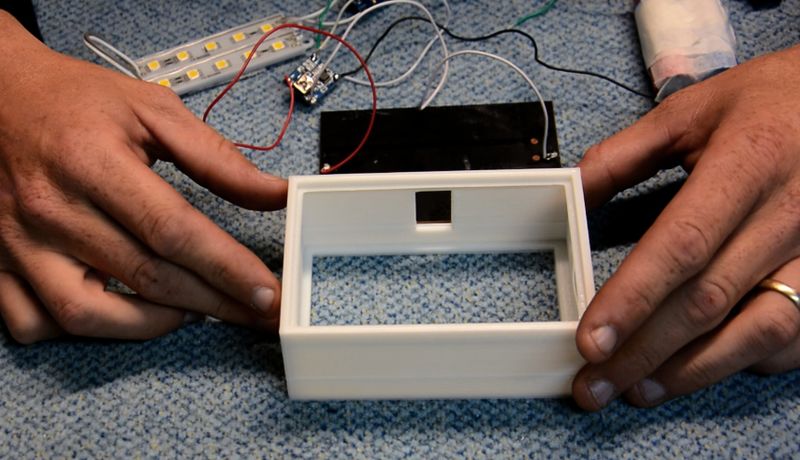
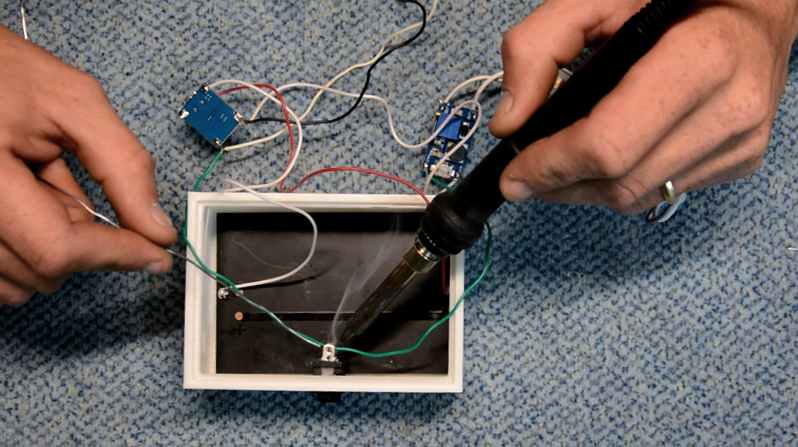
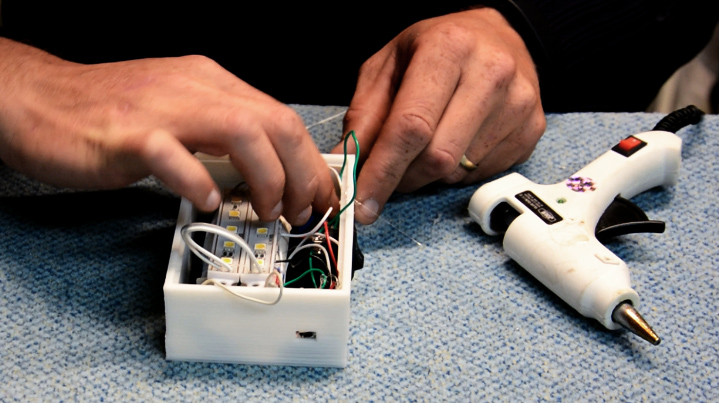
 Français
Français English
English Deutsch
Deutsch Español
Español Italiano
Italiano Português
Português